Bang & Olufsen on expensive speakers and mobile
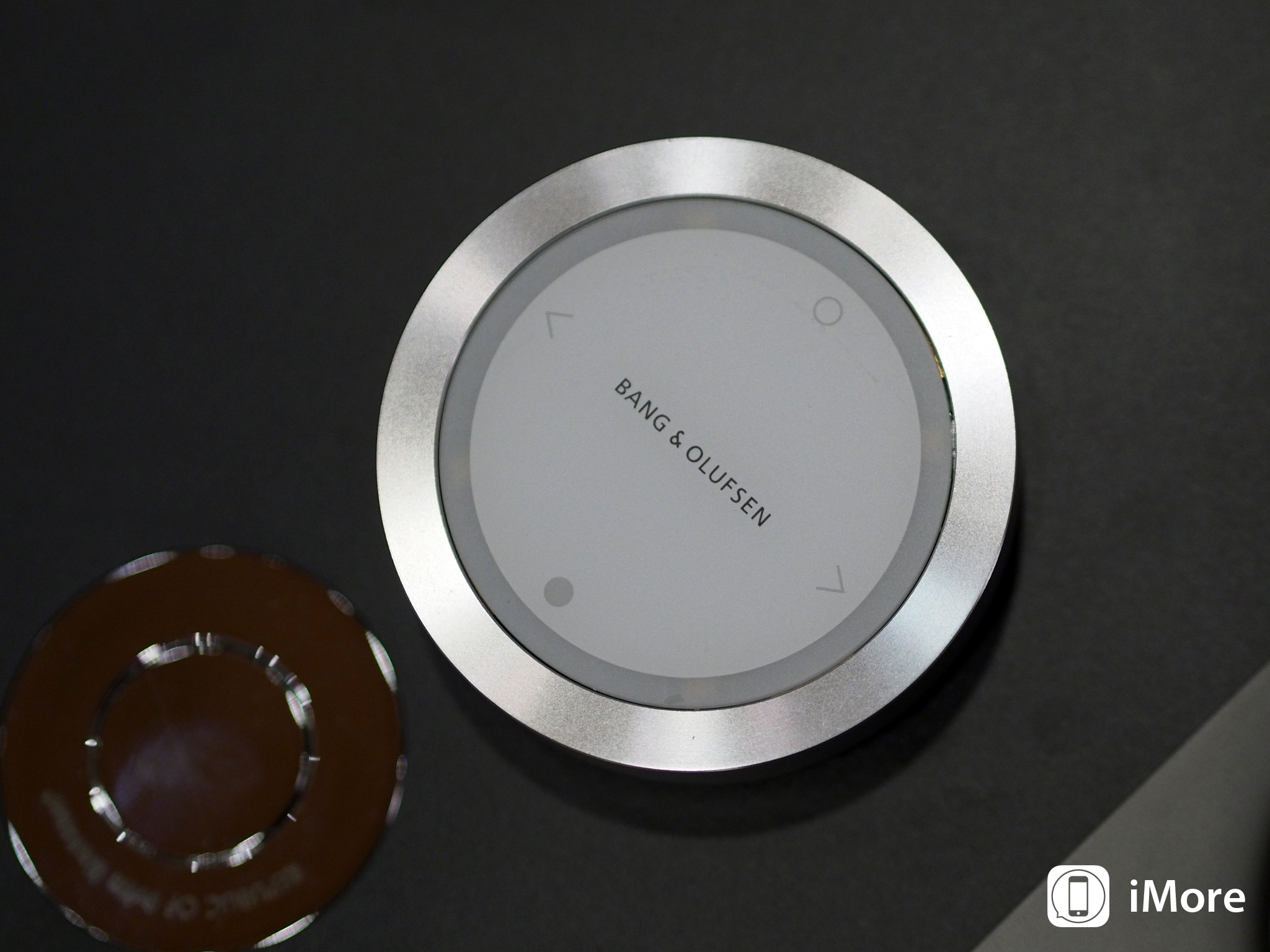
It's CES 2014, and that means every tech company under the sun has made their pilgrimage to Las Vegas. Audio company Bang & Olufsen is one of those companies, bringing their line-up of premium speakers to show off. Back in October they rolled out their Immaculate Wireless Sound line of speakers, utilizing the WiSA (Wireless Speaker and Audio Association) standard to communicate between TVs, receivers, and speakers.
WiSA allows B&O to do something similar to what Sonos does, allowing the user to control which speakers are used to broadcast audio. They can control individual speakers or create groups of speakers with assigned roles. B&O worked with other WiSA members (which include recognizable audio names like Onkyo, Pioneer, and Klipsh) to help build the standard.
CEO Tue Mantoni told us that B&O had for the past decade been exploring building their own proprietary wireless systems, but never had the expertise to make it happen. They are a small company, Mantoni said, serving a niche market. Their strengths are in sound quality and acoustic design, not wireless communications. By partnering with some of their competitors in developing WiSA, B&O got a high-bandwidth 24-bit wireless standard that will work with WiSA receivers, speakers, and televisions developed by any manufacturer. In theory, at least, as B&O is the first to release WiSA gear.
WiSA supports up to 8 wirelessly-connected speakers, and B&O offers a trio of compatible speakers to suit your various needs, in addition to those build into their BeoVision 11 television. If you're feeling particularly crazy, you can wire in another 10 speakers. This is all managed through the BeoLab Transmitter, a fairly large box with an array of audio and network inputs. It feels more like a router, though in typical B&O fashion they even made that look halfway decent.
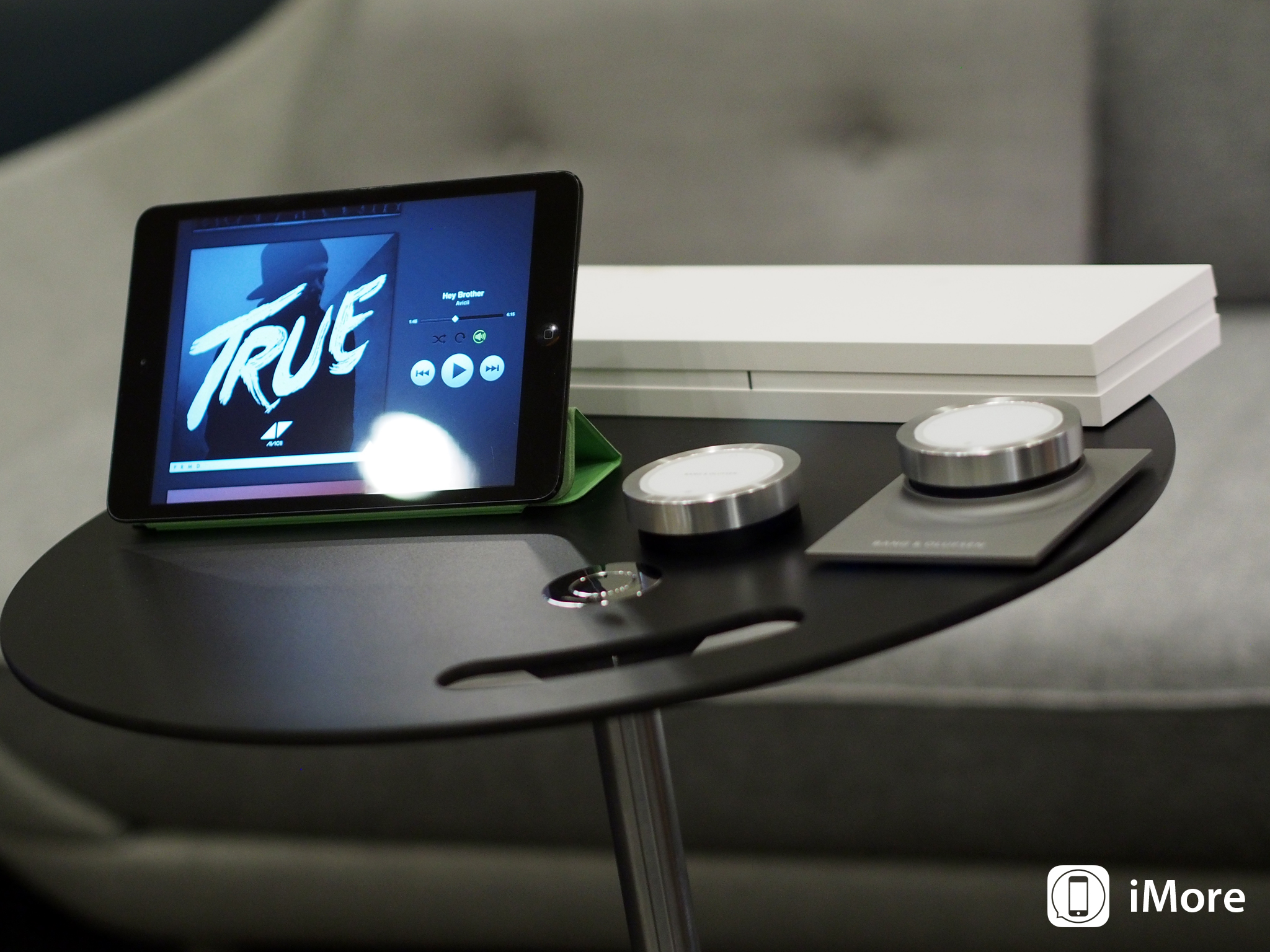
What B&O brought to CES that was new, however, was a new controller to go with the Transmitter. Instead of an installed and wired touch control panel in your wall, the new Beosound Essence is a circular dial control that you could mount to your wall it you wanted to, but also can be fixed to a special metal plate and be portable. Portable, you say? Yep, because it's wireless.
Essence consists of a smooth-turning but not free-spinning metal volume dial about two inches across and surrounding a four-way control pad. Up is play and down is stop, right and left are next and previous. It's a simple control, but its integration with the BeoLab Transmitter means that you can, as CEO Tue Mantoni told us he's always wanted, get up out of bed and with one tap have music playing. "As easy as turning on the lights," he said, though to be honest it might actually be easier. And your light switches don't make music play. Nor do they likely look anywhere near as good.
But that the Essence doesn't come cheap. Coupled with the Transmitter, Essence will run $995, plus additional Essence dials for $200.
Master your iPhone in minutes
iMore offers spot-on advice and guidance from our team of experts, with decades of Apple device experience to lean on. Learn more with iMore!
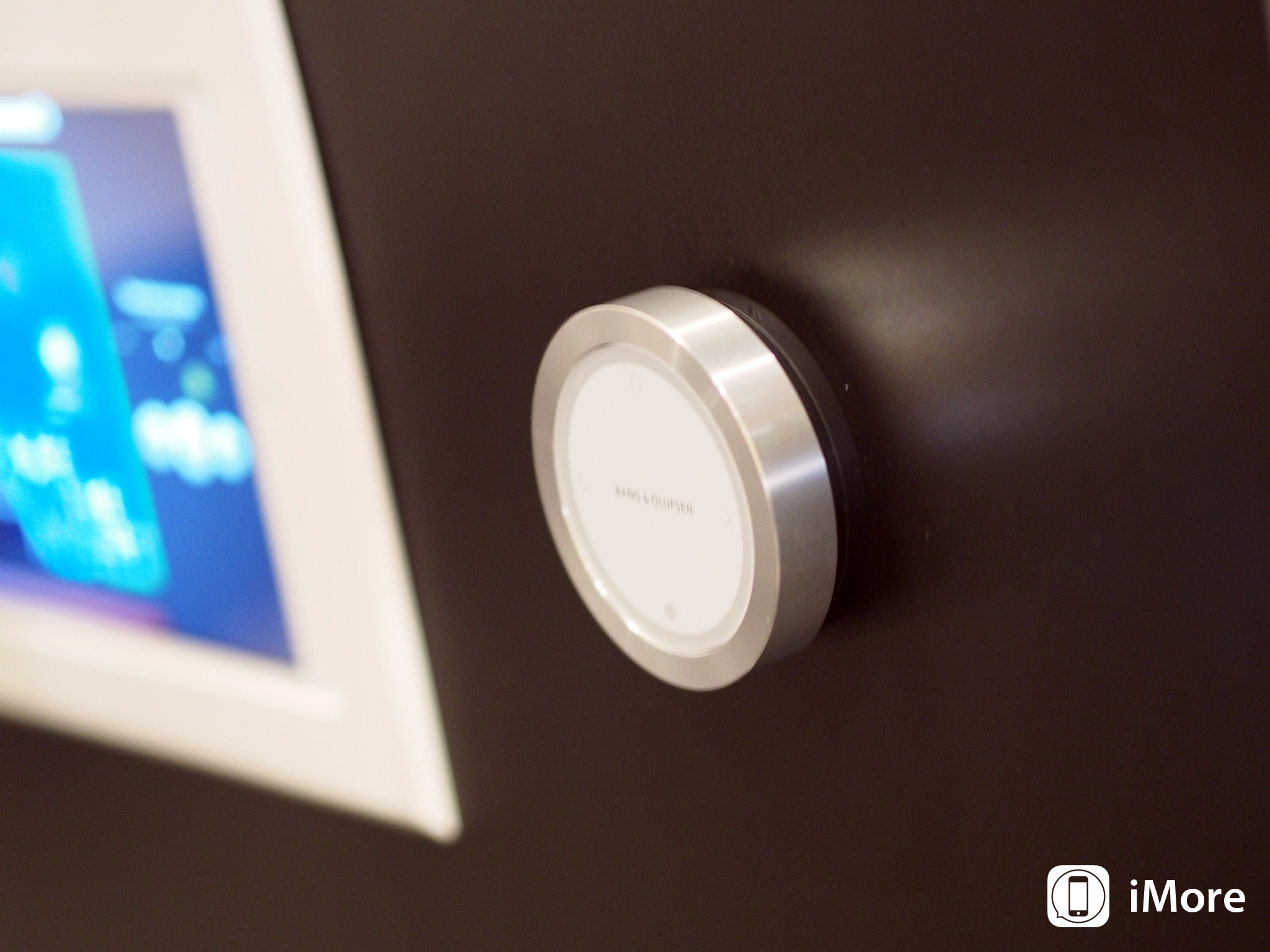
That's not cheap by any measure, and we had the chance to Mantoni about B&O's business model. He readily admits that B&O's products are more expensive than their consumer-grade competitors, though he wouldn't say that they really are their competitors. B&O in his words is a premium audio company, and thus justifies the premium prices. There's no denying that B&O's sound systems sound incredible, with the eight-speaker system they demoed shaking the conference room to the point where I felt sorry for whoever was attempted to exhibit on the other side of folding divider wall.
Mantoni explained that B&O's approach to balancing design and engineering is similar to that of Apple's: the two happen concurrently, with the designer and engineer working together on a project from the start. There is tension in the process, as the designer understandably wants a speaker that's slim and beautiful, while the engineer wants as much space as he can get for his components. The collaborative process takes longer, but in the end you get a better product. That also costs more.
B&O has consistently hewn close to their standards of high quality materials and design, and that means expensive products. When asked about lower-cost B&O products, Mantoni intoned that there's only so low they can go in terms of materials, design, durability, and audio quality and still be making something they'd be proud to put the company name on. That said, products like their Form 2 headphones have been in production for 28 years, and the manufacturing efficiencies they've developed over the years have allowed them to bring the price down to $119. Though this year at CES they did introduce an update in the form of the Form 2i, which adds on a microphone and inline controls for a reasonable $129 (that'd be $10 more).
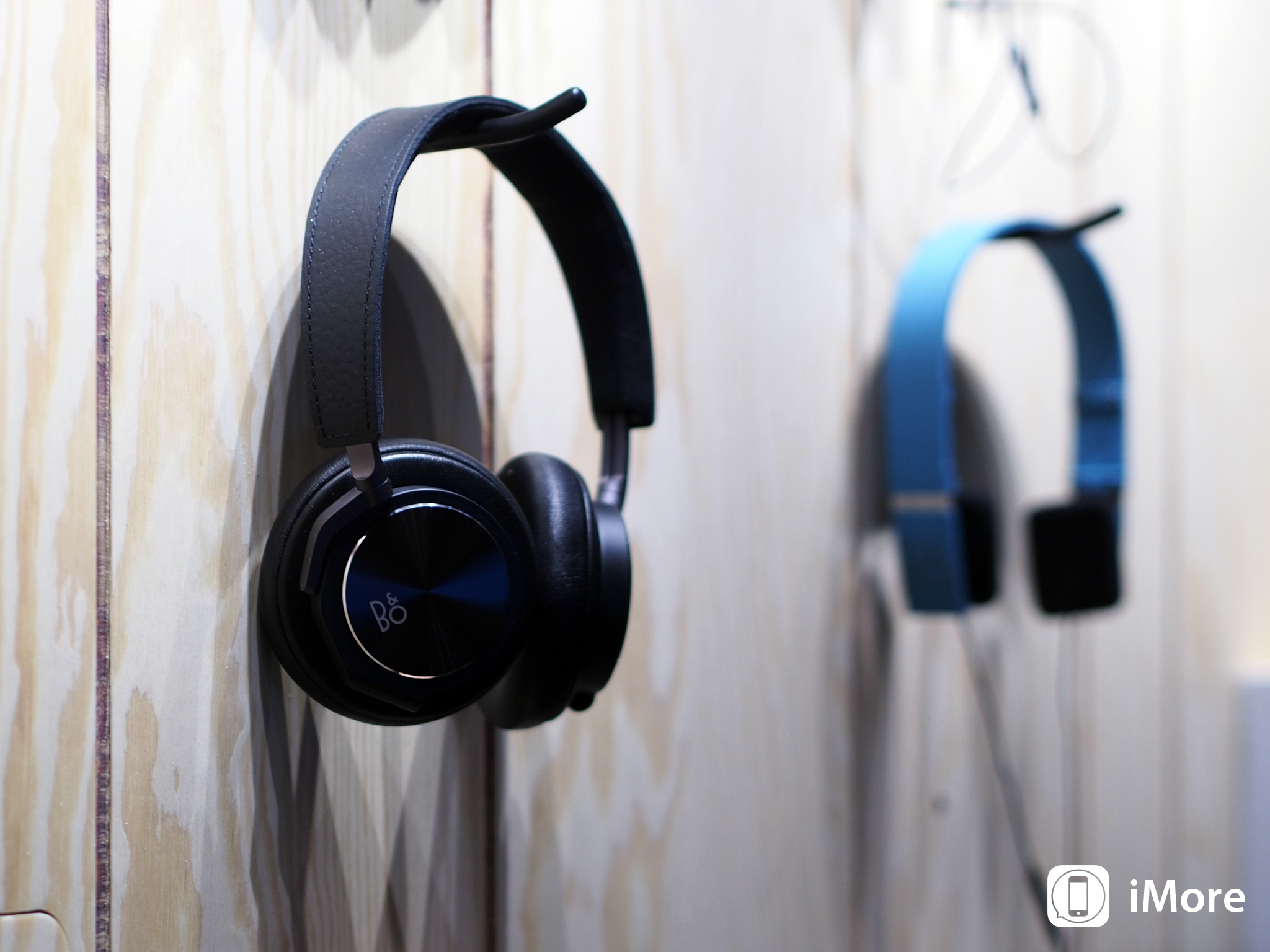
Two years ago the mobile Bluetooth speaker market was barely extant. Since then it has exploded, but mostly on the low end with speakers costing $200 or less. B&O doesn't compete at the price point, but they knew better than to leave money on the table — there are customers who want a portable speaker with B&O quality and are willing to pay B&O prices. For them there's the $800 B&O Play Beolit 12.
The BeoLit 12 doesn't use Bluetooth, though, instead relying on AirPlay and DLNA over Wi-Fi to get its audio from mobile devices. AirPlay is, of course, exclusive to Apple devices, and while DLNA is a standard that's been integrated into some Android devices, it's not a widespread one. B&O chose Wi-Fi and Airplay for two reasons: the quality of the sound and the easy integration with iOS, which is extremely popular among their existing client base.
In the short time that the BeoLit has been on the market, it's grown to comprise a quarter of B&O's revenue, and while their mobile speakers don't currently support Bluetooth, Mantoni said that we can expect Bluetooth-compatible (and thus fully Android, BlackBerry, and Windows Phone-compatible) mobile B&O speakers to come in the future. The delay comes back to B&O's processes — they are slow and deliberative on purpose, and make products that sound amazing and look incredible.
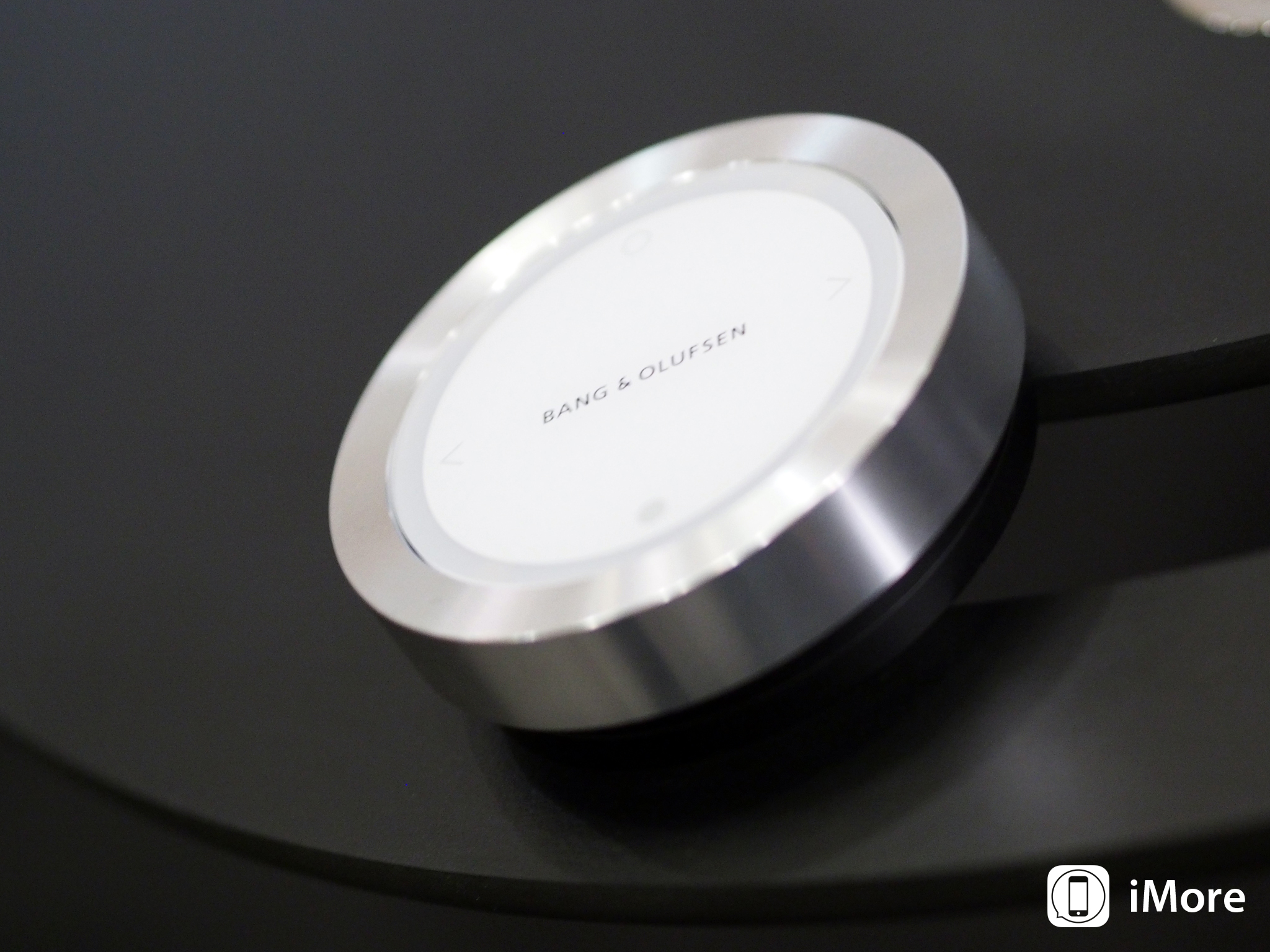
Derek Kessler is Special Projects Manager for Mobile Nations. He's been writing about tech since 2009, has far more phones than is considered humane, still carries a torch for Palm, and got a Tesla because it was the biggest gadget he could find. You can follow him on Twitter at @derekakessler.

